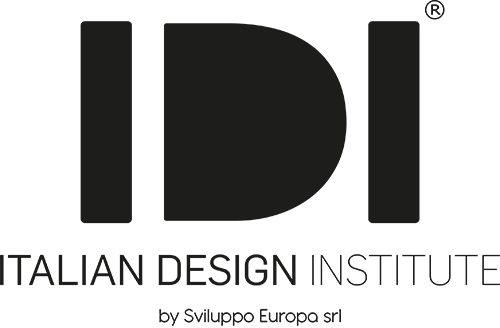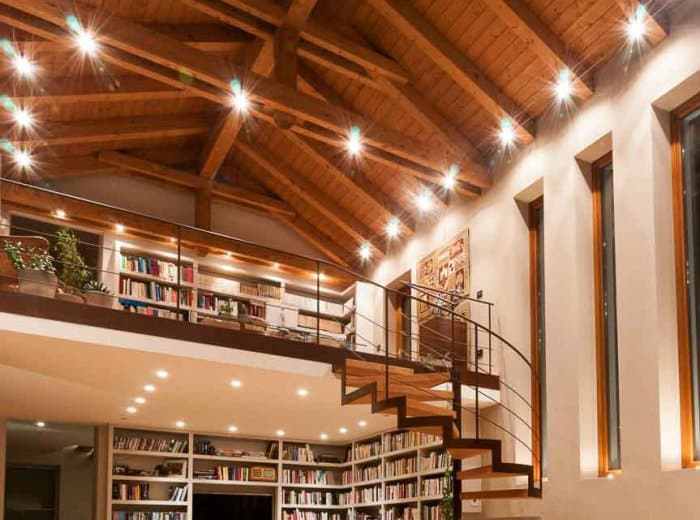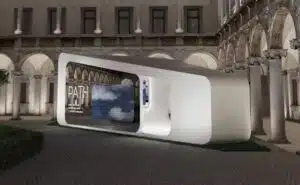Light is the origin of everything, in the natural world as well as in architectural lighting: from the moment it strikes the surface of things it outlines their contours and by producing shadows makes it possible to grasp their depth.
Light is itself considered as the generating essence of space: the development of intelligent and empathic lighting systems at the service of mankind stems from the need to combine the needs of human life with the possibility of interaction with the space around us.
The best way to appreciate lighting sources is precisely to see them within the concrete realisations of architectural lightingIt is precisely in this area that the advice of the lighting designer, who studies and designs the lighting projectenriches what at first glance might appear to be a mere choice of products or furnishing elements with deeper meanings.
Lo study of light has now taken on an indispensable importance for a good architectural or exhibition project: this is the case in fashion, where for the lighting of catwalks during fashion shows the following are increasingly called upon lighting designers internationally renowned, and this is also the case in the field of architecture, where materials, forms and objects take on a different role in the overall interior designdepending on the light they are hit by. Architects and planners are therefore more attentive to the type of light source and the quality of the light emitted, as the latter can determine important furnishing choices, such as those concerning finishes and the arrangement of elements in the space.
The lighting design deals with the design of artificial or mixed (natural and artificial) lighting systems for domestic, urban, theatrical, cinematographic, television, or more generally artistic purposes: this is the field of industrial design most rapidly evolving at the moment, given the great variety of lighting solutions that arise in tandem with technological evolution.
The focus on the study and use of light arose mainly in industrial and working environments, following the first studies of ergonomics and ergotechnics in the workplace; today, however, it also includes studies on theurban lightingparticularly useful for road and social safety and the containment of electricity consumption; as well as studies on the use of light in the world of entertainment, as well as its use in performances, events, shows and museum or trade fair displays.
Especially with regard to the interior design, the realisation of designs for living spaces must aim at the creation of cosy environments characterised by a level of well-being that positively influences people's lives. A good furnishing design cannot be separated from an equally good architectural lighting design that is functional, comfortable and high-performance. The space of the home lends itself to endless experimentation in the field of lighting, enriching living spaces with solutions and design elements that contribute to give character and uniqueness to the place where we live.
For diffuse but discreet lighting, the most commonly used and recommended sources include essential and unobtrusive elements such as the profiles and the invisible: the absence of a specific shape around the luminaire makes it possible to drawing beams of light on walls or ceilings, composing grids and patterns. A different and original way of understanding lighting in interior spaces.
Architectural lighting elements can also play the role of a real utility detail: thus an elegant light segment that becomes a handrail guiding movement along stairs and corridors; or brackets and structural profiles concealing LED fixtures and components.
The architectural lighting project of Casa Namibia in Turin
Namibia House on the Turin hill is a perfect example of how light can integrate with the living space, characterising and enriching it with details, emphasising the shapes and profiles of the furnishings: punctual light details that highlight the warm tones of the woods and the cold tones of the concrete. The objects of African origin are enhanced and well contextualised, contributing to the creation of a welcoming and energy-efficient environment.
The lighting design for Namibia House was realised in 2010 by studio LIGHT' Design & Retail, by Architect Giusy Gallina by Turina young and dynamic company that uses light to enhance the visual experience of an environment; their projects are wide-ranging in terms of type and size and include architecture, night-time identity and custom product design.
LUCE' has been designing and supplying creative lighting systems for over 15 years.
Are you passionate about design and lighting? Discover the Postgraduate Course in Lighting Design by Italian Design Institute.






